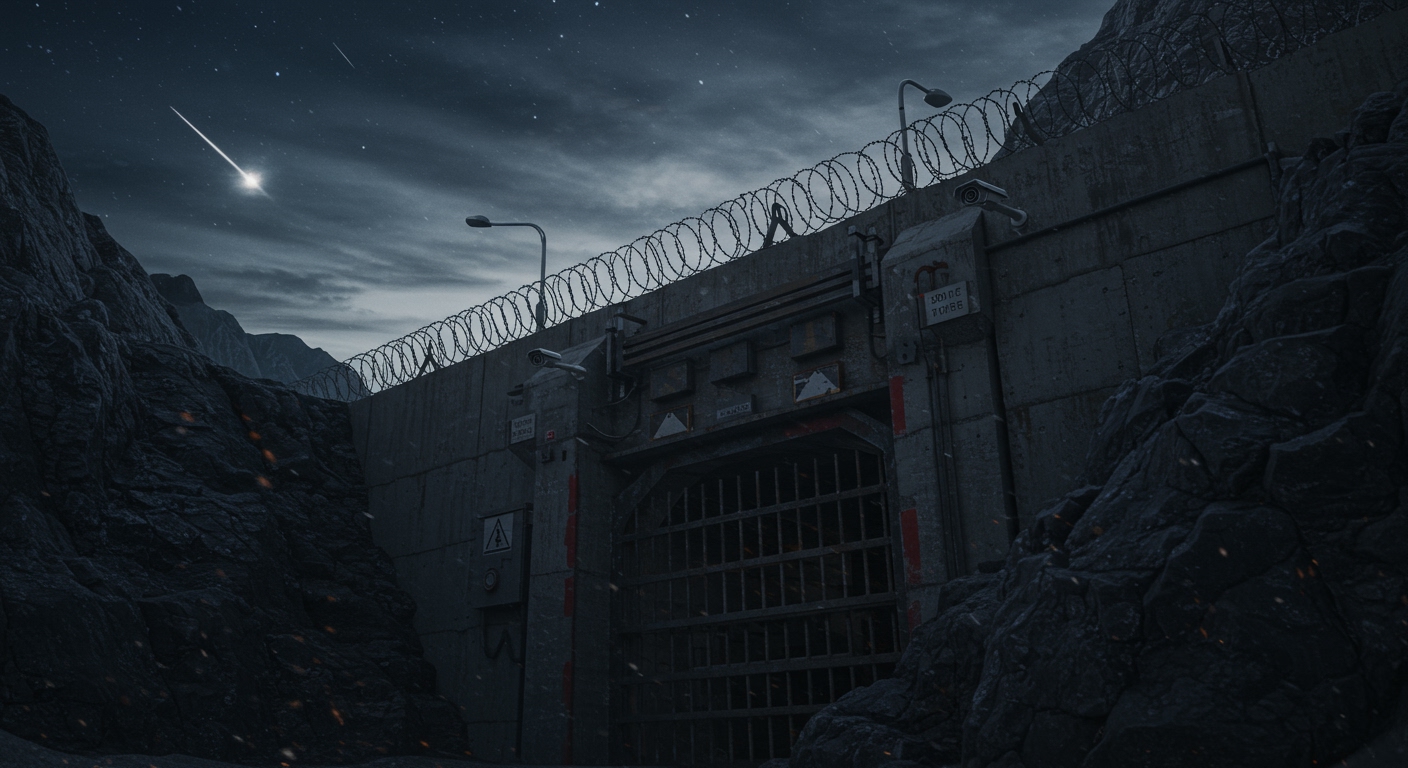In a significant and potentially volatile escalation of regional tensions, United States President Donald Trump announced Saturday that the U.S. military had conducted strikes against three key Iranian nuclear facilities. The unprecedented action, confirmed by the President via a social media post on June 21, 2025, sees the United States directly joining an ongoing Israeli air campaign targeting Iran’s controversial nuclear program.
The strikes reportedly targeted sites in Fordow, Natanz, and Esfahan, locations central to Iran’s declared nuclear activities, which have been a source of international concern for years. President Trump characterized the military operation as successful, stating explicitly that all aircraft involved had safely exited Iranian airspace following the conclusion of the missions.
President Trump’s Announcement
The confirmation came through a post made by President Trump on Saturday, June 21, 2025. In his statement, he detailed the participation of U.S. forces in strikes aimed at disrupting or dismantling aspects of Iran’s nuclear infrastructure. This public acknowledgement marks a dramatic shift in U.S. policy regarding direct military intervention targeting Iran’s nuclear facilities, aligning Washington’s military actions explicitly with Israel’s objectives in this domain.
The President’s post specified that the attack was deemed a success by military command. He highlighted that a “full payload of bombs” was dropped specifically on the primary target site, identified as Fordow. The Fordow Fuel Enrichment Plant, buried deep within a mountain near the city of Qom, is considered particularly sensitive and resistant to conventional aerial assault, making the claim of a “full payload” and success noteworthy.
Targeted Sites and Strategic Context
The selection of Fordow, Natanz, and Esfahan underscores the strategic focus on core components of Iran’s nuclear fuel cycle. Natanz is the location of Iran’s largest uranium enrichment facility. Esfahan houses a nuclear technology center with facilities for fuel production and conversion. Fordow, as mentioned, is a heavily fortified enrichment plant.
The decision by the United States to strike these sites signals a direct and forceful pushback against Iran’s nuclear advancements. For years, the international community, led by the U.S. and its allies including Israel, has voiced concerns that Iran’s nuclear program is aimed at developing weapons capabilities, a claim Tehran has consistently denied, asserting its program is solely for peaceful purposes.
Joining the Israeli Campaign
President Trump’s statement explicitly noted the U.S. military action was taken in conjunction with Israel’s existing air campaign against Iranian targets. Israel has long pursued a strategy of actively disrupting Iran’s nuclear activities through various means, including reported airstrikes and covert operations. The U.S. joining this campaign represents a significant public alliance and military coordination on a scale not previously confirmed.
This joint action dramatically raises the stakes in the long-standing shadow war between Israel and Iran, now bringing the United States into direct military engagement against Iranian nuclear sites alongside its key regional ally. The coordination suggests a unified front aiming to severely impede Iran’s ability to enrich uranium or develop other nuclear capabilities.
Assessing the Risks
The decision to launch these strikes is described as a “risky move.” Iran has repeatedly threatened reprisals against the United States and its allies in response to hostile actions. Direct strikes on its sovereign territory and critical national infrastructure, particularly nuclear sites, are widely expected to trigger a strong reaction from Tehran.
The potential for Iranian reprisals looms large, raising fears that this military action could significantly escalate the regional conflict. The Middle East is already fraught with tensions, and a direct military confrontation involving the U.S., Israel, and Iran could rapidly spiral into a broader conflict, impacting global energy markets, shipping lanes, and international security.
Analysts are assessing the potential nature and scale of Iran’s response, which could range from cyberattacks and missile strikes against U.S. bases or allies in the region to activating proxy forces to carry out attacks. The explicit threat of escalation underscores the perilous nature of Saturday’s events.
Looking Ahead
The coming days are critical for observing the immediate aftermath and Iran’s reaction to the strikes. The success claimed by President Trump is subject to independent verification and assessment of the actual damage inflicted on the targeted facilities. The long-term implications for regional stability and diplomatic efforts to contain Iran’s nuclear program remain uncertain following this significant military intervention.
The international community is closely watching the situation, with calls for de-escalation expected from various global powers concerned about the potential for widespread conflict. The actions taken on June 21, 2025, have fundamentally altered the dynamics of the confrontation over Iran’s nuclear ambitions, ushering in a new phase of direct military engagement.





